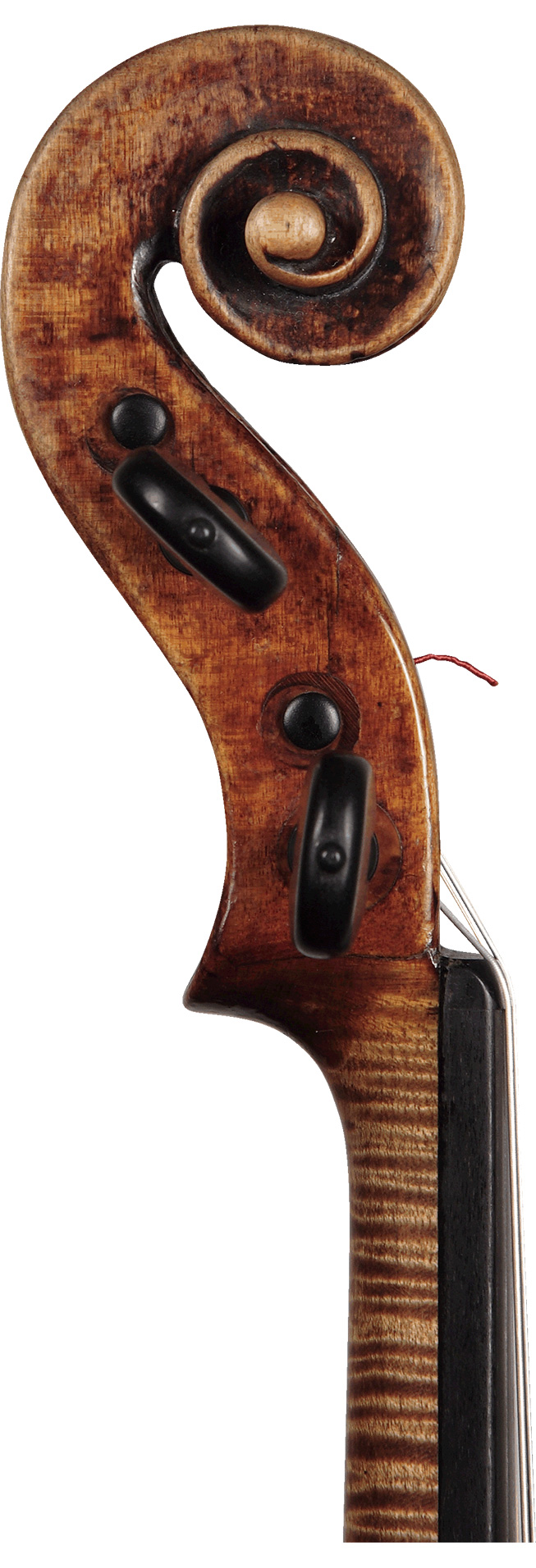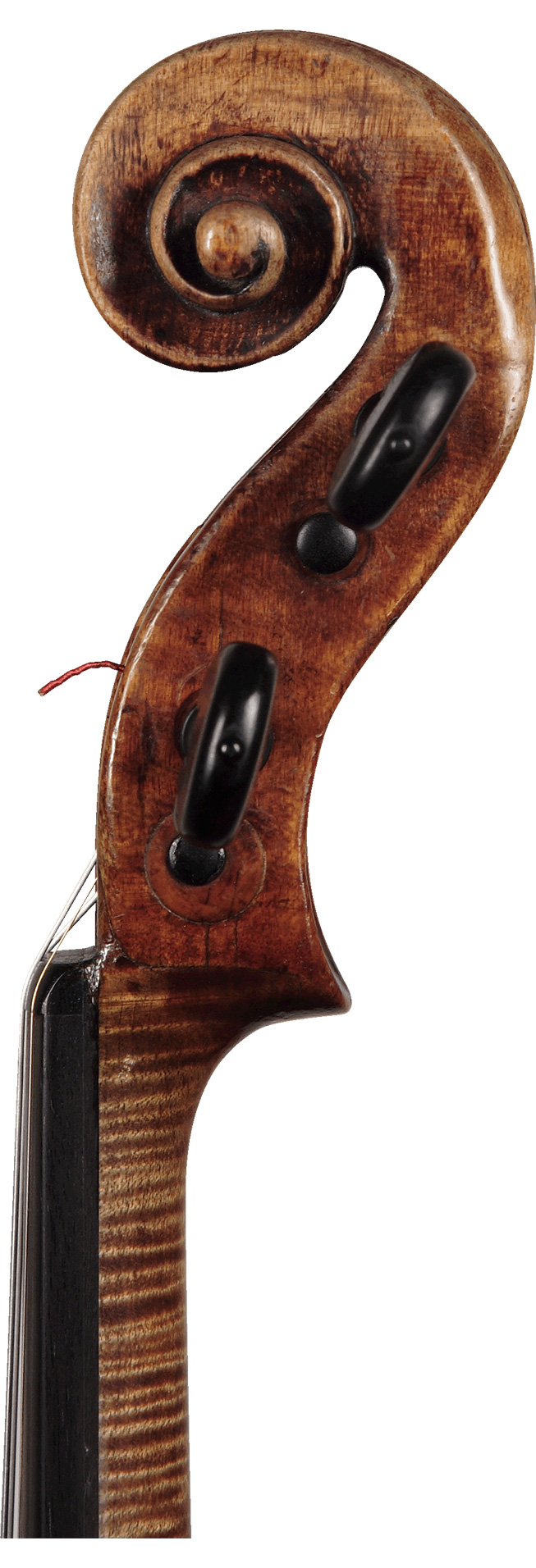Michael Angelo Bergonzi "ex-Shlomo Mintz" 1764
If we ask a question who is the very successor of Guarneri del Gesu, a great Cremonese violin maker, the best answer should be Michael Angelo Bergonzi.
Michael Angelo Bergonzi was born in San Luca Parish in Cremona in 1721. Since small, he had learned violin making with his father, Carlo while helping part of his job. In 1745, that is eight years after Stradivarius passing away, he, his father Carlo and other members of his family moved into Stradivari’s house and atelier, so-called Casa Stradivari. In February 1747, only in two yearsafter that, Carlo passed away, but Michael Angelo continued to make violins in Casa Stradivari.
At this point, he was the last person who wove the fragile thin thread of the whole classical Cremonese tradition that had continued over 200 years.
In many aspects, Michael Angelo closed the circle of the four renowned Cremonese ateliers: Amati, Ruggieri, Guarneri and Stradivari. These four ateliers were closely connected, but each of them had its own style and technical approaches. Guarneri Family had a close connection to Amati as apprenticeship and had different motifs and methods from Stradivari and Ruggieri. Bergonzi reached the perfection just between them.
Michelangelo merged Amati’s quiet perfectionismand del Geru’s impromptu freedom in the last year of the classical Cremonese tradition.
This violin, made in 1764, is clad in a little hard orange-like colored varnish, which shows a close connection to a sort of varnish used in Venice, a prosperous town as a center of violin making in those days.
Its sound holes were cut slightly larger than Carlo, and were asymmetry but show organic elegance.
Carlo’s original model of the scroll holds a thin eye sticking out, on the base of which Bergonzi sculpted with spaciness like del Gesu.
This violin was used by the world-renowned violinist Shlomo Mintz for 10 years starting around 1995.
His words are quoted below.
"This violin had such unique quality of sound that I decided to choose it as my performance partner after trying many other violins. It was aesthetically beautiful, having very special sound quality, and had everything a professional artist would seek for. I played this violin with the Israel Chamber Orchestra to record all of Vivaldi’s artwork for nine CDs, which were highly acclaimed by audience and critics as well as received prizes. It was the very violin that gave me many opportunities to express my own views of music and became the main important part of my professional career."
This violin had such unique quality of sound that I decided to choose it as my performance partner after trying many other violins.
It was aesthetically beautiful, having very special sound quality, and had everything a professional artist would seek for.
I played this violin with the Israel Chamber Orchestra to record all of Vivaldi’s artwork for nine CDs, which were highly acclaimed by audience and critics as well as received prizes.
It was the very violin that gave me many opportunities to express my own views of music and became the main important part of my professional career.







